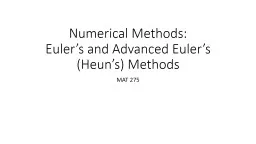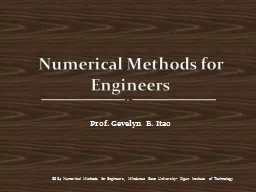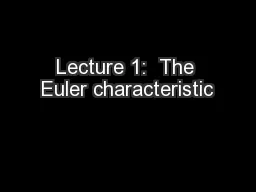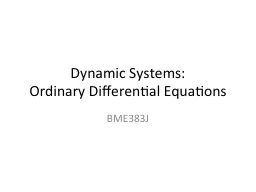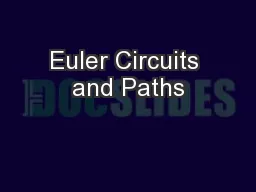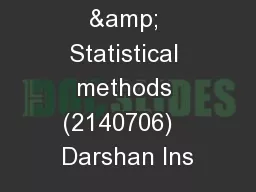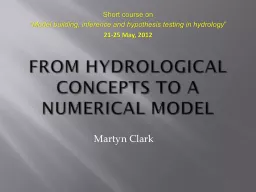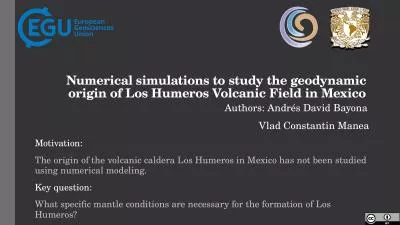PPT-Numerical Methods: Euler’s and Advanced Euler’s (
Author : pamella-moone | Published Date : 2018-09-22
Heuns Methods MAT 275 There exist many numerical methods that allow us to construct an approximate solution to an ordinary differential equation In this section
Presentation Embed Code
Download Presentation
Download Presentation The PPT/PDF document "Numerical Methods: Euler’s and Advanc..." is the property of its rightful owner. Permission is granted to download and print the materials on this website for personal, non-commercial use only, and to display it on your personal computer provided you do not modify the materials and that you retain all copyright notices contained in the materials. By downloading content from our website, you accept the terms of this agreement.
Numerical Methods: Euler’s and Advanced Euler’s (: Transcript
Download Rules Of Document
"Numerical Methods: Euler’s and Advanced Euler’s ("The content belongs to its owner. You may download and print it for personal use, without modification, and keep all copyright notices. By downloading, you agree to these terms.
Related Documents

